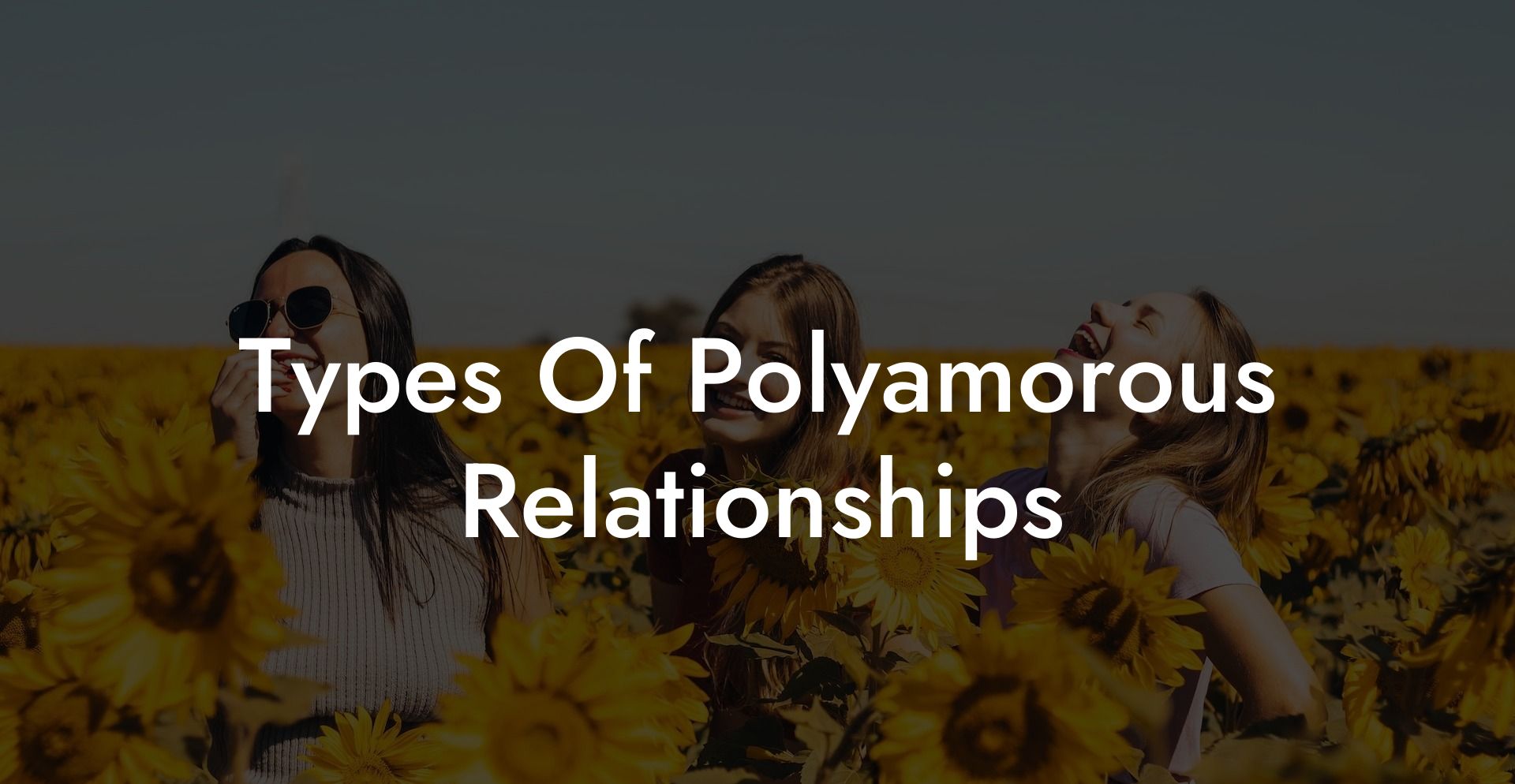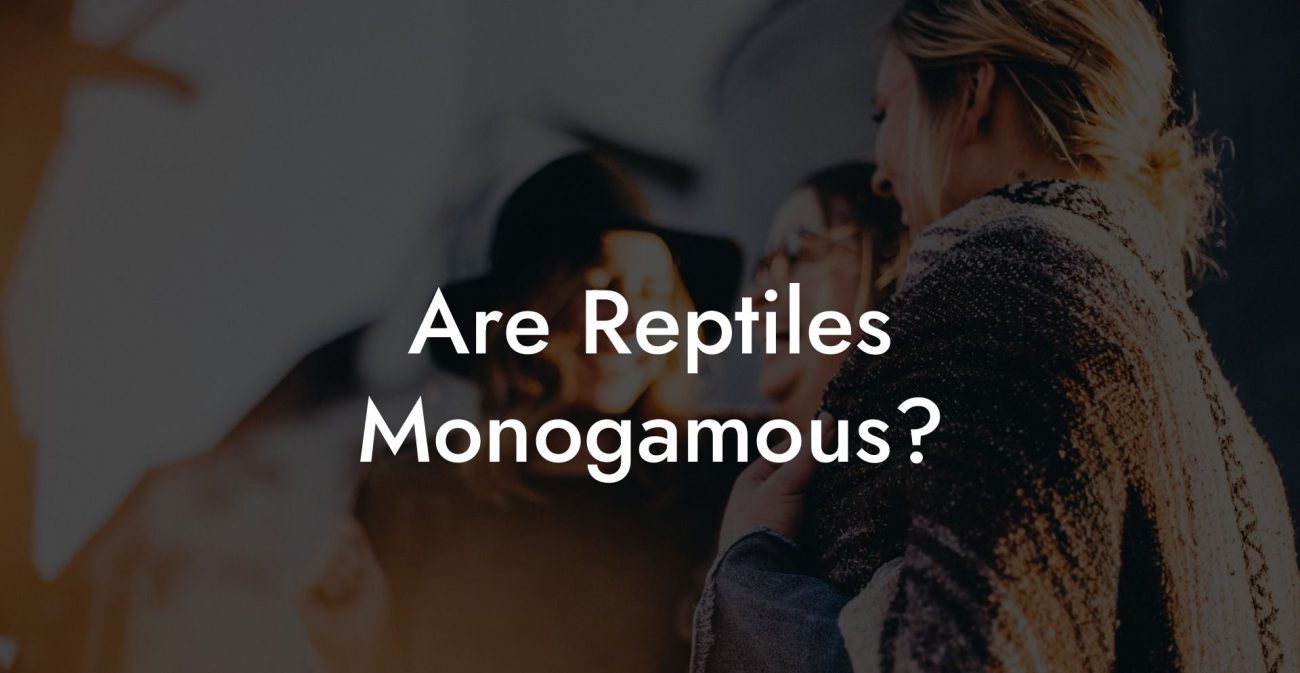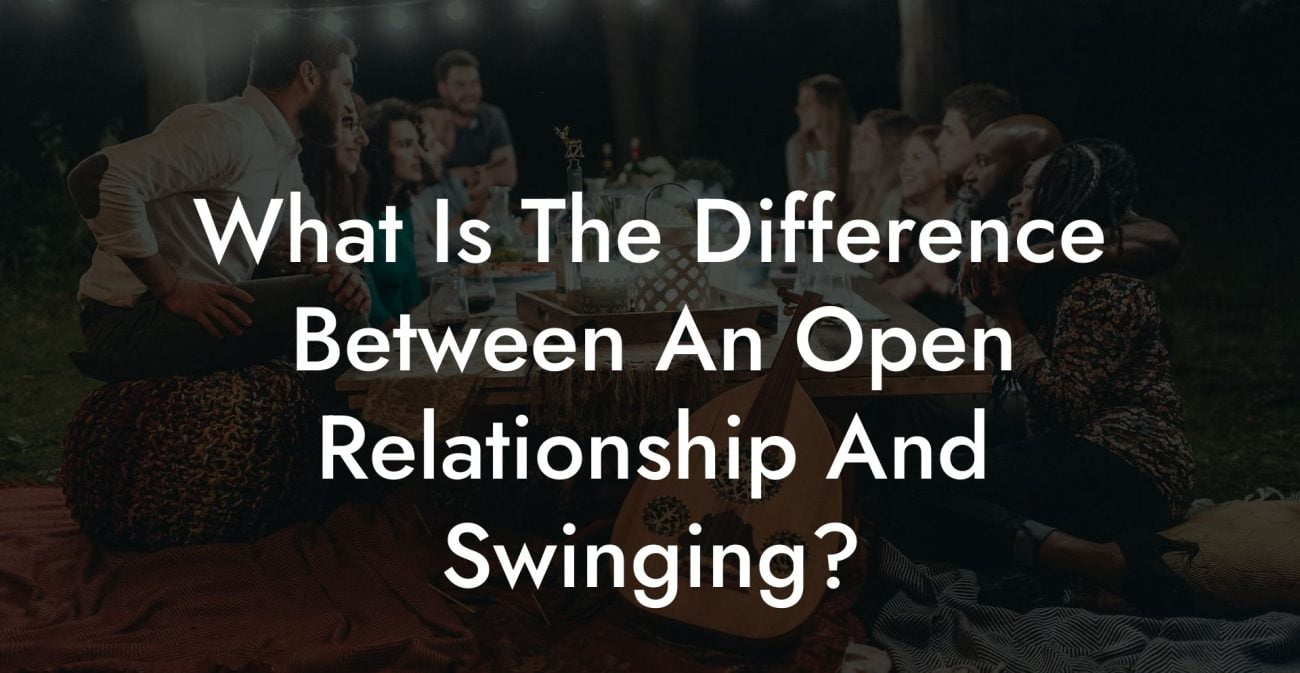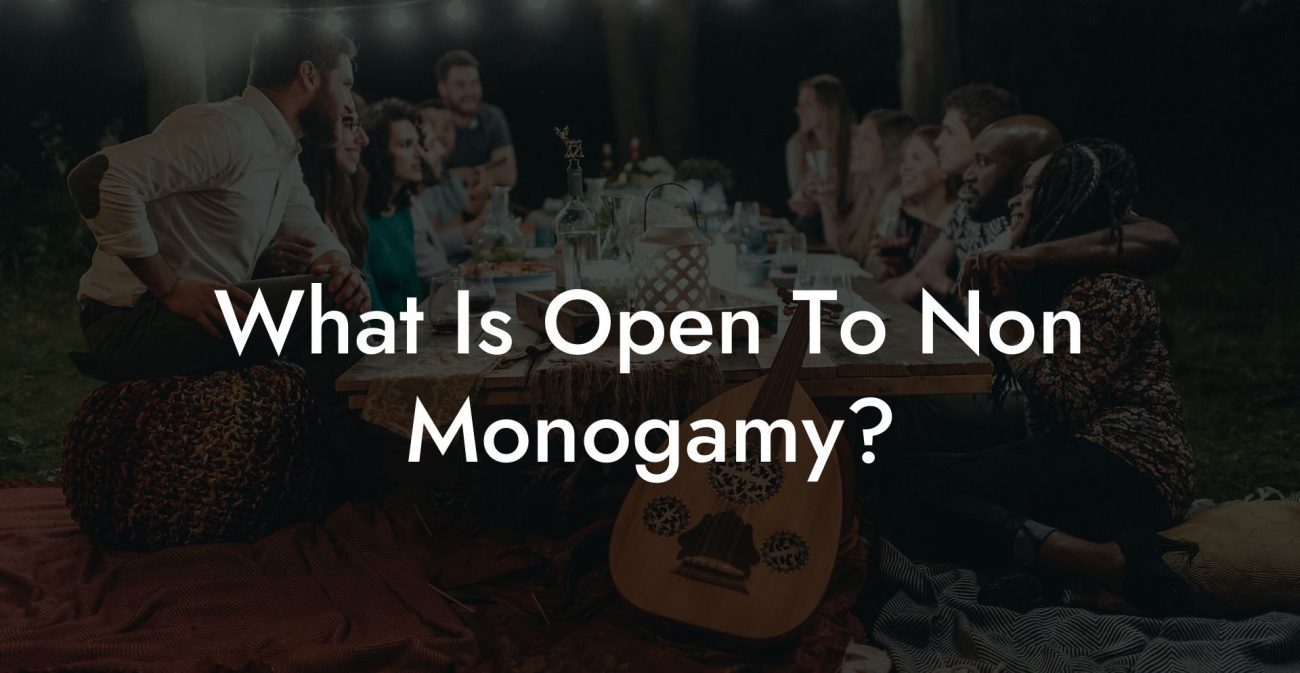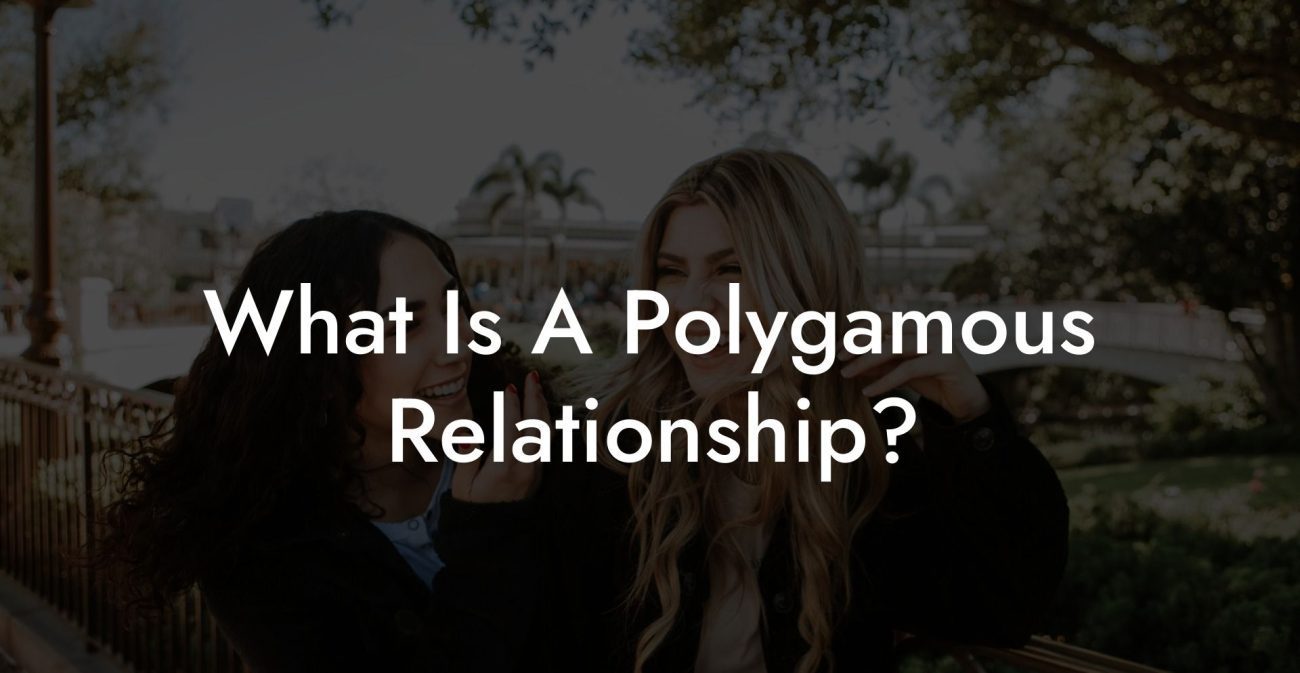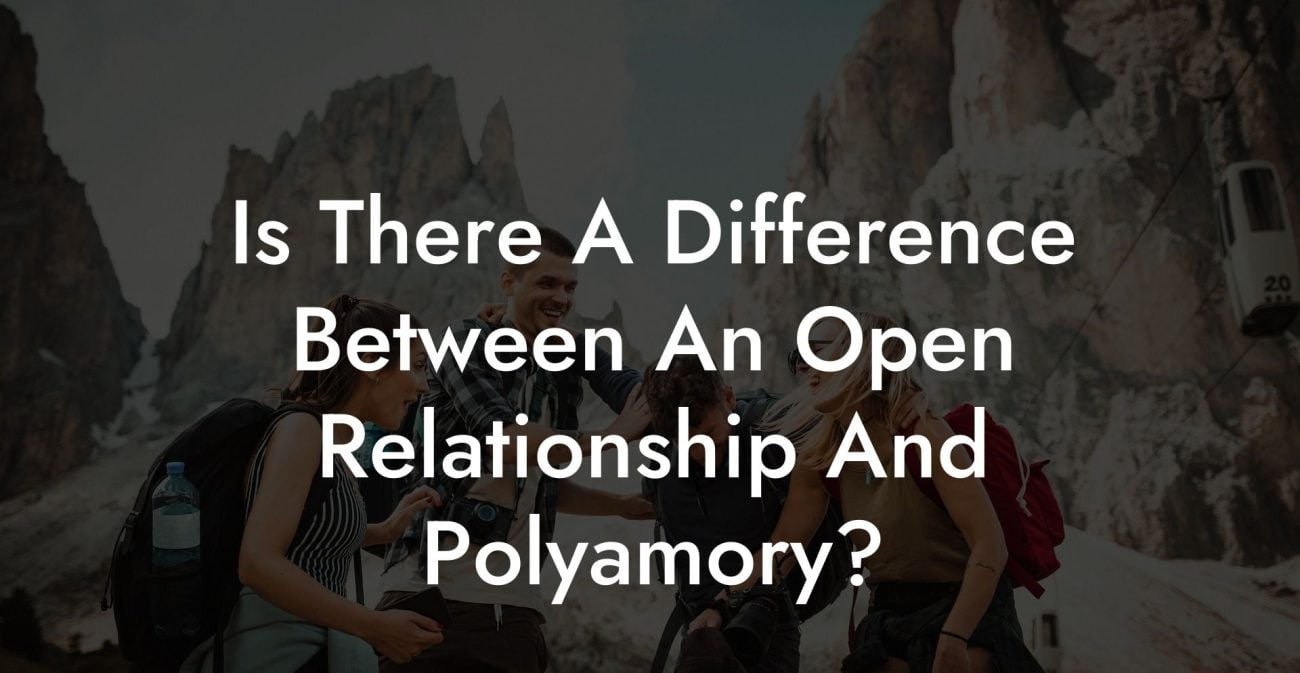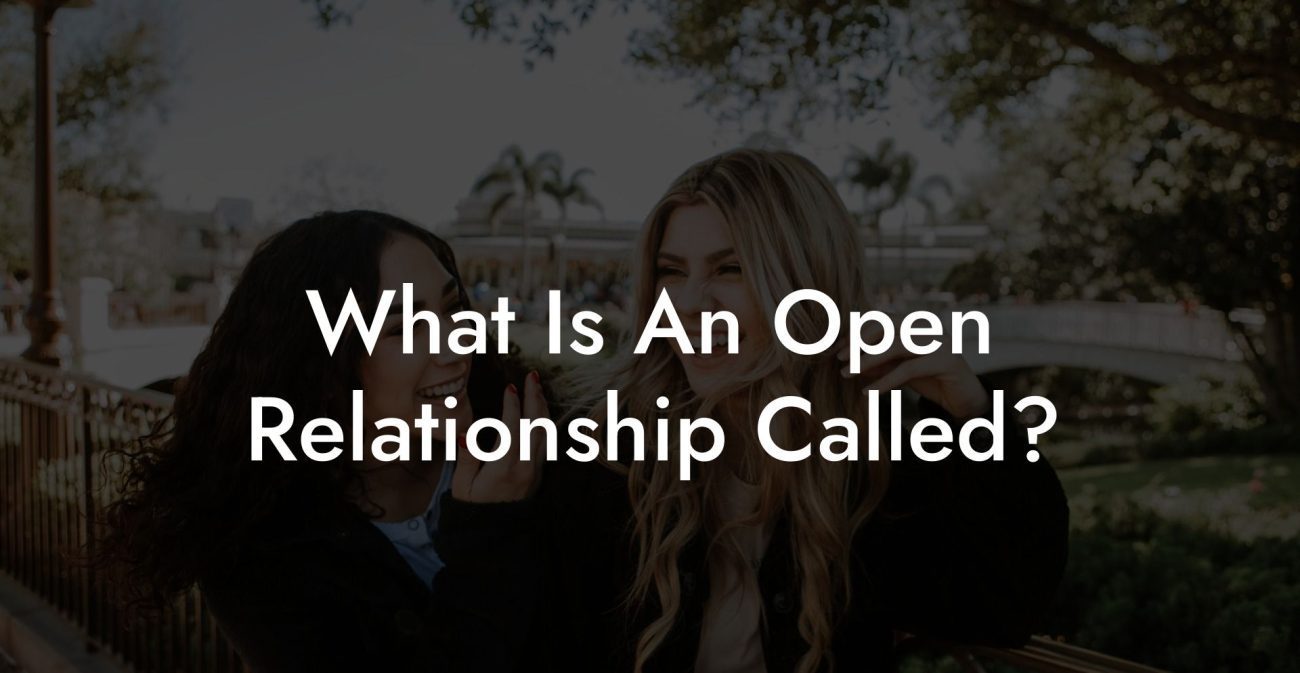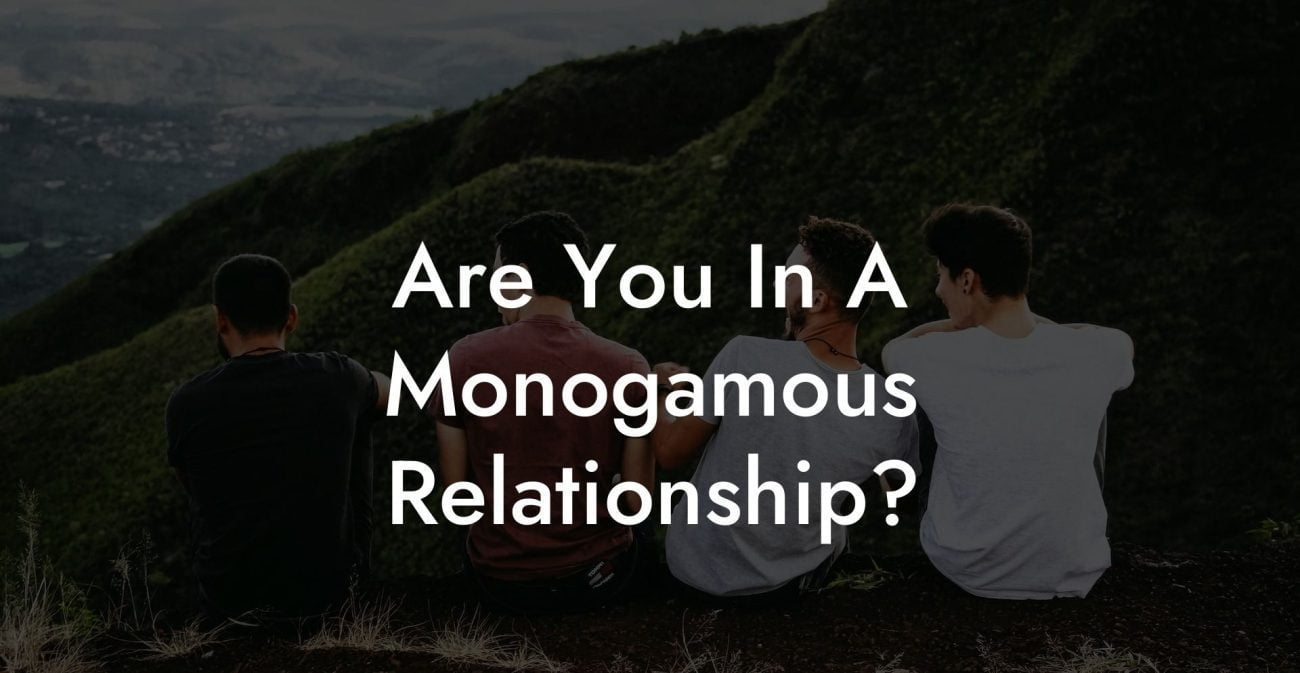Are you considering exploring the world of polyamory, or simply curious about the different types of polyamorous relationships out there? Either way, you're in the right place! In this comprehensive guide, we'll delve into the various forms of polyamory, and give you a better understanding of how these relationships work. So let's dive in and explore the ever-expanding realm of non-monogamy and polyamory together!
Types Of Polyamorous Relationships Table of Contents
What is Polyamory?
Polyamory is a type of non-monogamous relationship involving intimate, romantic, and/or sexual connections with more than one partner, with the knowledge and consent of all parties involved. The term polyamory comes from the Greek word "poly," meaning many, and the Latin word "amor," meaning love. Therefore, polyamory literally translates to "many loves."
Types of Polyamorous Relationships
Just as monogamous relationships can come in many forms, so can polyamorous ones. Here are some of the most common types of polyamorous relationships:
1. Hierarchical Polyamory
In hierarchical polyamory, relationships are organized in a hierarchy, with primaries, secondaries, and sometimes tertiaries. A primary partner is typically someone with whom you share a close emotional bond, live with, or are married to. Secondary partners may have a more casual relationship or meet less frequently. Tertiary partners are more casual still, often with minimal emotional investment and less frequent interaction.
- Example: Alice is married to Bob, and they live together. Alice also has a boyfriend, Charlie, whom she sees once a week. Bob has a girlfriend, Diane, whom he sees every other week. In this scenario, Alice and Bob are each other's primary partners, while Charlie and Diane are secondary partners.
2. Non-Hierarchical Polyamory
In non-hierarchical polyamory, relationships are not organized by a ranking system but instead are considered equal. Each relationship is independent, and no partner is prioritized over another. This type of polyamory is sometimes referred to as egalitarian or relationship anarchy.
- Example: Emily has two partners, Frank and Gina, and both relationships are equally important to her. She spends similar amounts of time and emotional investment in both relationships. Frank and Gina each have other partners, whom they also value equally.
3. Solo Polyamory
Solo polyamory is a style of polyamory in which individuals maintain their autonomy, independence, and single status, while still engaging in multiple intimate and romantic relationships. People who practice solo polyamory may choose not to live with, marry, or share finances with a partner.
- Example: Heather has several romantic partners, but she chooses to live alone and manage her own finances. She enjoys her independence and feels fulfilled by her multiple relationships without the need for a traditional nesting partner or long-term commitment.
4. Polyfidelity
Polyfidelity is a type of polyamorous relationship in which all members are considered equal, but the group is closed off to outside partners. In this case, the focus is on building trust, stability, and commitment within a closed group, rather than pursuing multiple independent relationships.
- Example: Julie, Kevin, and Leah are in a polyfidelitous triad, meaning they are committed to each other and do not seek relationships outside their triad. They function as a family unit, living together and sharing their lives.
Types Of Polyamorous Relationships Example:
An Active Web of Relationships
Consider Sharon, who has two partners: Tina and Victor. Tina has two other partners, Wendy and Xavier. Wendy is also in a relationship with Yvonne, who is married to Zachary. This interconnected web of relationships showcases the diversity and complexity of polyamorous relationships. Each relationship is unique and contributes to the overall dynamics of their shared connections.
Now that you better understand the different types of polyamorous relationships out there, you're one step closer to deciding if polyamory is right for you! With this newfound knowledge, remember to be open and respectful as you explore non-monogamous connections or simply discuss polyamory with others. We hope you found this guide helpful and encourage you to share it with friends who may be curious about polyamory. As always, don't forget to explore further on The Monogamy Experiment, where we discuss everything related to monogamy, non-monogamy, and polyamory. Happy exploring!

